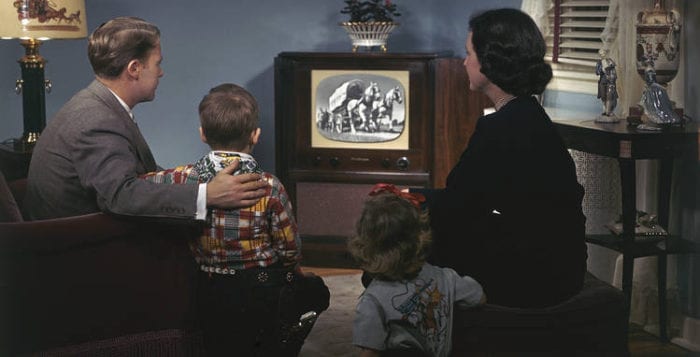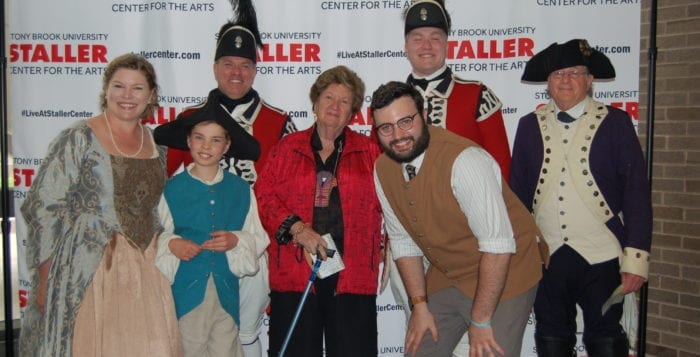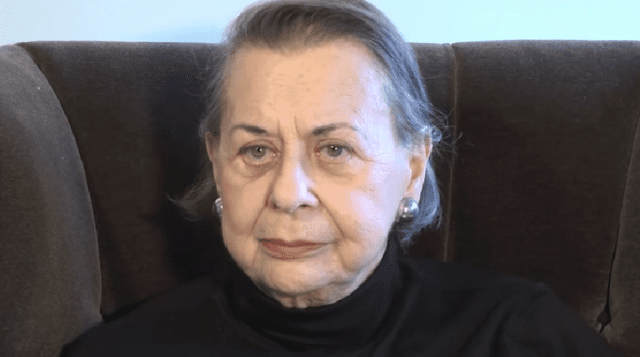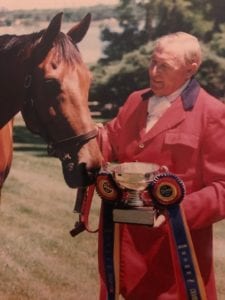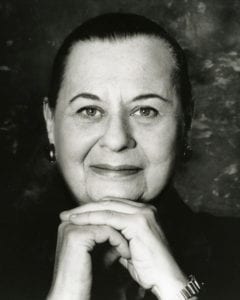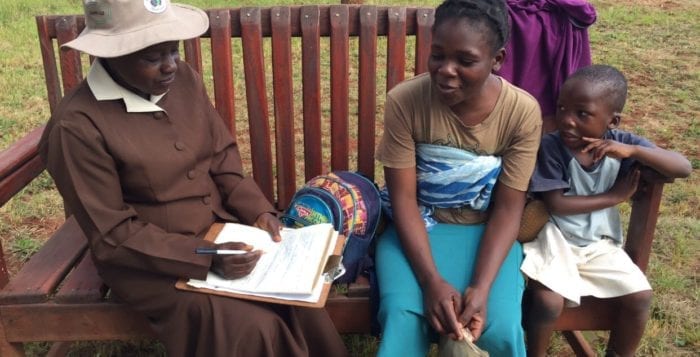By Leah Dunaief

A friend called the other day to wish us a happy new year and to tell us that she and her husband had sold their house. The buyers were going to tear it down and build a new one on the property. Before I could react, she assured me that they had lots of pictures from over the years, and their many memories of raising the children there would always stay with them. Clearly she had mixed feelings about what was happening.
It got me to thinking about what a house is. For starters, it’s four walls and a roof, maybe even a basement, but maybe not, in which we shelter ourselves, our families and our stuff. It is also a place where we invite friends and neighbors to drop in for a drink, a chat or even an elegant dinner party. Some of those guests may even stay over from time to time, so a house is a hospitality center in which we connect with those we enjoy and perhaps love.
A house is a physical location where we can be found. When people ask our names, they may immediately follow up with a second question: “Where do you live?” So to some extent, where we live helps define us. But a house is more, so much more. It is a home where those closest to us reside, perhaps where our children grow up, where we planned, and from which we traveled to and from work to become the people we are today.
Home is where we want to go immediately when we are not feeling well. It’s where we can get a soothing cup of tea or our regular sustenance at mealtimes. Home is a place where we rest, watch television, read the newspaper, use the computer, play video games, call our friends, wash our clothes, floss our teeth and sleep one-third of our lives. Home is our center, where our car knows to go automatically. Home is safe.
The longer we live there, the harder it is to leave.
When my elder brother died, leaving the co-op empty that my parents had bought and lived in for many years, I started slowly to have alterations made inside the apartment. The bathroom and kitchen needed to be brought up to date, appliances modernized, floors improved.
My cousin watched with some amusement. “You are making a temple to your parents’ memory,” she offered. Not really, I thought to myself. I was investing for a far more pragmatic reason. I had hopes of one day renting it out for some supplemental income.
But when I thought about her wry comment, I had to admit there was an element of truth in it. Our family had lived there happily for such a long time. I was even born there. It wasn’t just an apartment. It was the physical container for some of my happiest times. And it was comforting, somehow, that it was still there, even if we no longer were.
I remember when I was still in elementary school, just down the block, that one of my young classmates came to school one day to wish us goodbye. With tears in her eyes, she explained that her family was moving to someplace called Ohio for her father’s job, and she would be leaving us.
“Don’t worry,” soothed the teacher, “you’ll go to a nice school there and make new friends. You’ll grow from the experience. And you can always come back to visit.” She nodded her head obediently, but I remember thinking then how sad it must be to leave one’s home and all associated with it to start over.
Leaving a home means interrupting the momentum of one’s life. I wondered if my father would ever move us all elsewhere and comforted myself with the thought that he seemed pretty anchored where he was, which meant I would continue to live near my school.
A house is just an inanimate thing, bought and sold. But when it is a home, it can be the soul of the people who once lived there.

